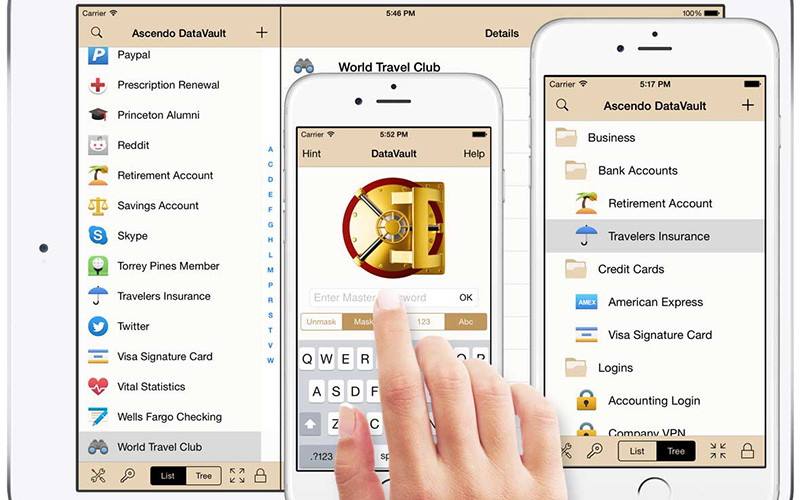4 Ways to Reorient Your Family’s Tech Consumption for the Better

Technology has made our lives easier in almost every respect, but at times it can seem overwhelming. While you might occasionally be tempted to throw out your phone and never touch technology again, this isn’t a practical solution to device overuse. Tech tools are simply too critical to everyday life, so learning to moderate your use is a more practical strategy.
In this article, you’ll learn four ways to reorient your family’s technology consumption to feel better and lead a more purposeful life.
1. Recognize When Tech Is the Answer — and When It’s the Obstacle
Parents are often prompted to reevaluate tech use when they see their kids absorbed by their phones for hours on end. Before you can help anyone else manage their technology consumption, though, you need to address your own.
Many of the things people do on their phones are more detrimental than beneficial. Individuals spend countless hours consuming social media and playing mindless mobile games. They scroll through comment sections and news apps, overstimulating themselves with hopelessness. They check their messages every two seconds to see whether so-and-so has replied yet, and they shop online, comparing prices and lifestyles.
To begin moderating your technology consumption, identify your tech needs. Ask yourself what you really require your phone, tablet, smartwatch, and other devices for. If a device is essential to your work or personal life, it stays. But if your steps-counting smartwatch is making you more anxious than fit, leave it on your dresser.
Encourage other family members to do their own tech needs inventory. If your son realizes that time on his Xbox is cutting into his hoops-shooting practice, he can set a time limit. Recognizing how technology hinders you and your kids is the first step in reorienting your family’s tech consumption.
2. Identify How Tech Can Help You Reach Your Goals
This step is similar to the last one, but it’s worth noting on its own. Now that you’ve established how technology hurts you, it’s time for you to figure out how it can help you.
Identify some of your short- and long-term goals and see whether there’s a technology that can help you reach them. Say you want to store and organize family pictures — photo apps can help you hold onto your memories. If you need a way to schedule your time, calendar and planner apps are there for you. Whatever your goal may be, chances are there’s a tech solution that can help.
This applies to other family members, too. Maybe your daughter has the goal of making her soccer club’s traveling team. She’ll need a phone to stay in touch, but you’re worried about hours spent scrolling Snapchat in the team van. Phones for kids enable calling and texting but block social media and the internet, ensuring she won’t be exposed to inappropriate online content. Plus, these devices offer GPS tracking, so you can keep tabs on her location at all times.
3. Set Time Limits and Content Restrictions
Many phones and computers track the number of hours a person interacts with certain apps or websites. If you or your kids are spending too much time on apps that aren’t benefiting you, set time limits. These will remind you when you’ve logged your daily allotted time on the app. Social media services such as TikTok and Instagram have this feature, too. While you may not always heed the alarms, they’re helpful reminders when you’ve gone down a rabbit hole.
In addition, many social media sites and search engines allow you to control what shows up in your feed. This is important if you have young children, as your parental controls will ensure they don’t see age-inappropriate content. Managing content can be beneficial for you, too. If you don’t want to see particular types of posts, you can adjust your settings so they’re less likely to appear in your feed.
Consider unfollowing accounts that don’t add joy to your life — think of it as Marie Kondo-ing your feed. Delete apps that get you down and unfollow people who make you sad. You’re not obligated to follow someone who makes you feel bad about how you look, spend your money, or live your life.
Giving yourself the authority to manage the content you see prevents technology from controlling and overwhelming you. When you don’t feel helpless before technology, it’s easier to disconnect and focus on the real world.
4. Establish No-Phone Zones
The first step toward being productive, sleeping well, or doing many other tasks is often setting your phone aside. The closer your phone is, the more likely you are to let it distract you. Now, this is nothing to feel guilty about. Nearly everyone has had the experience of picking up their phone to check notifications only to spend five minutes staring at the screen.
The best method for combating this as a family is to set times when everyone — kids and adults both — puts their phones away. The easiest way to fit this into everyday life is to establish the rule of no phones at dinner. This can be deceptively challenging, as nearly any discussion can provoke the urge to “quickly check something” on your phone. Resist the temptation. The conversations you’ll have when you aren’t distracted by your devices will be worth the wait.
You can also create no-phone zones by taking a family outing to the park, going on a hike, or even grocery shopping together. These times teach you and your kids that it’s possible to enjoy the moment without technology, a helpful reminder for everyone.
Doing without technology altogether is virtually impossible in today’s world. That doesn’t mean, however, that digital devices should be allowed to call the shots in your family. By embracing these four tips, you and your kids will be able to strike the right tech balance.




